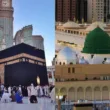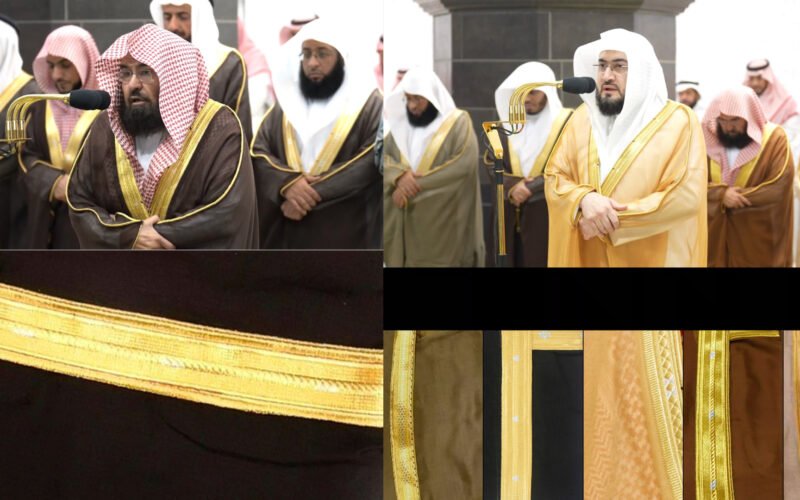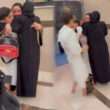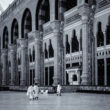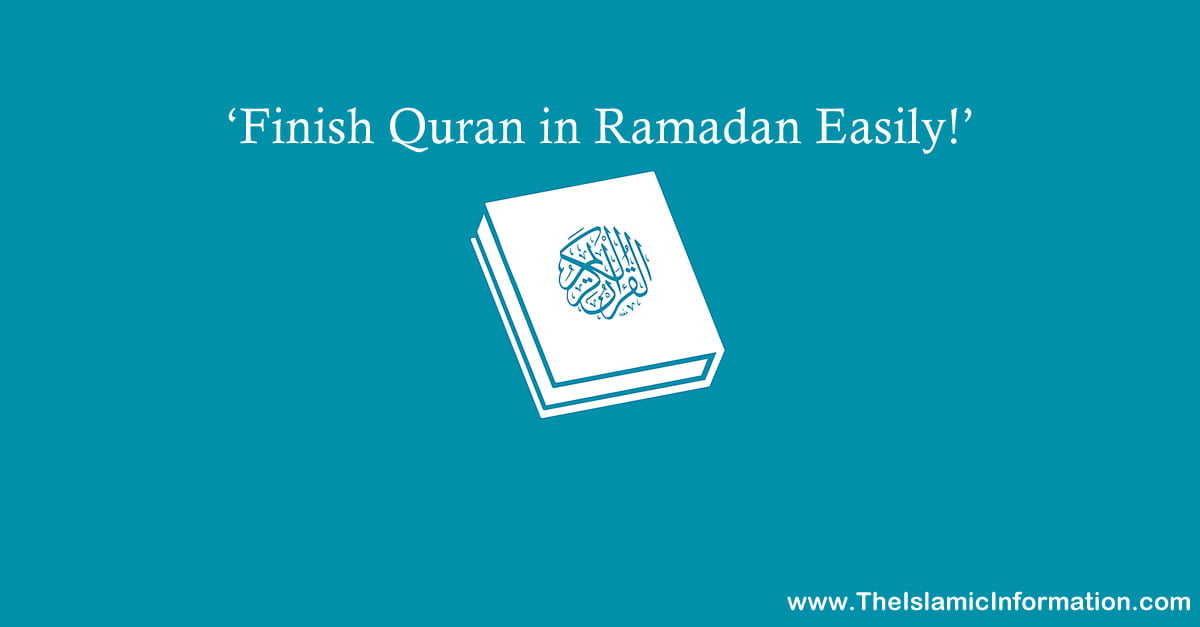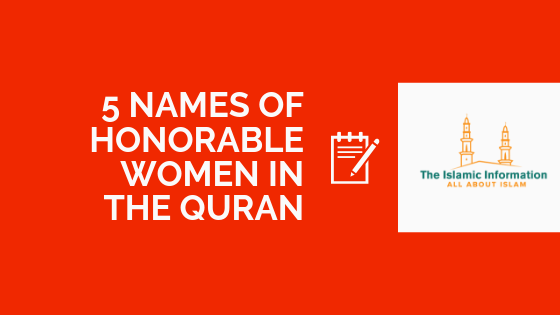The dress code for Imams in Saudi Arabia reflects the tradition of Saudi culture.
The Imams of Masjid al-Haram and Masjid an-Nabawi are prescribed to wear particular attire, a long-standing tradition in Saudi culture.
Imams of the two holy mosques lead the prayers at Makkah and Madinah with this dress, it holds great significance and serves as a symbol of respect and unity.
The attire consists of:
- White thobe
- Mashlah or Bisht
- Ghutra or Shemagh
1. White Thobe

White thobe is a traditional garment and the main part of this attire. Men in the Arabian Peninsula wore this traditional garment. It symbolizes simplicity and highlights the importance of the role of the Imam leading the prayers.
2. Mashlah (Bisht)
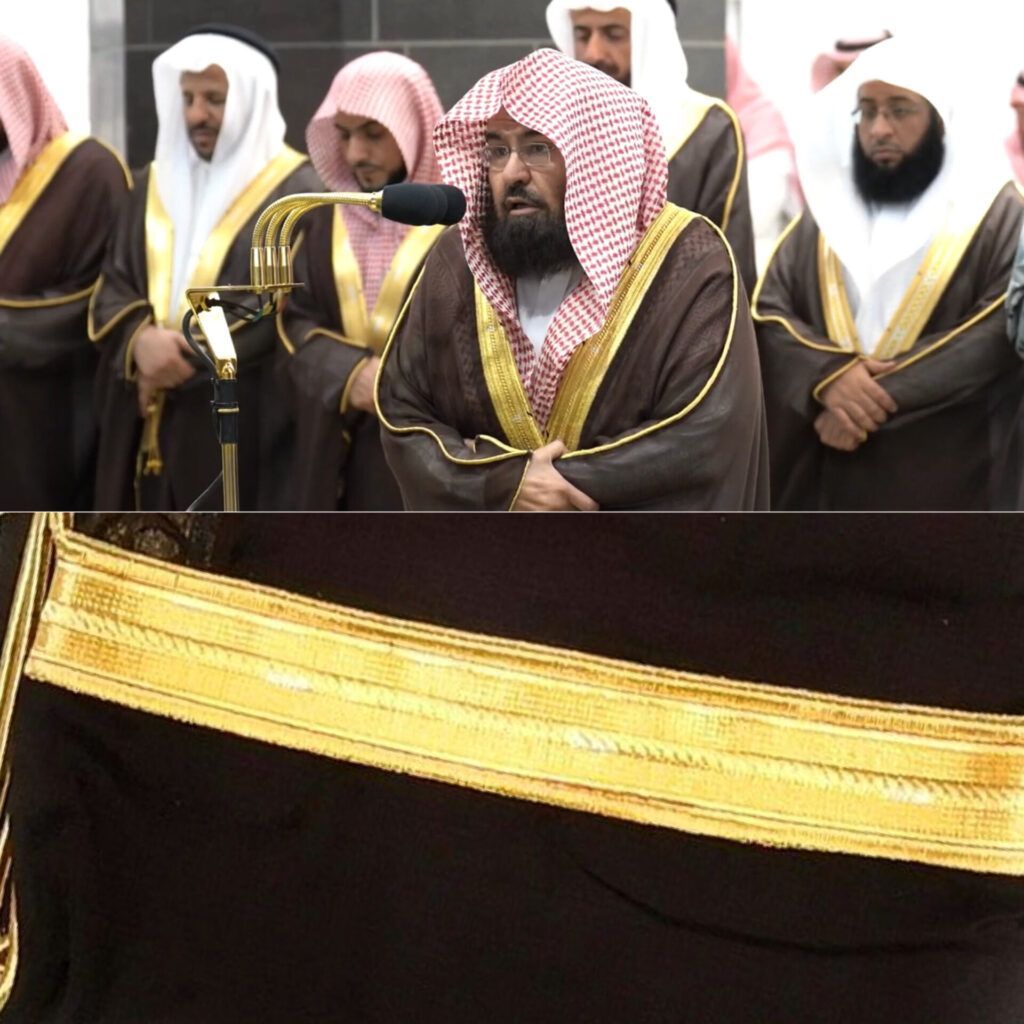
Mashlah known as bisht is worn over the thobe and is a sort of cloak-like garment. The Mashlah adds the element of elegance to the attire and enhances the Imam’s presence during prayer. The color of Mashlah can vary.
3. Ghutra or Shemagh
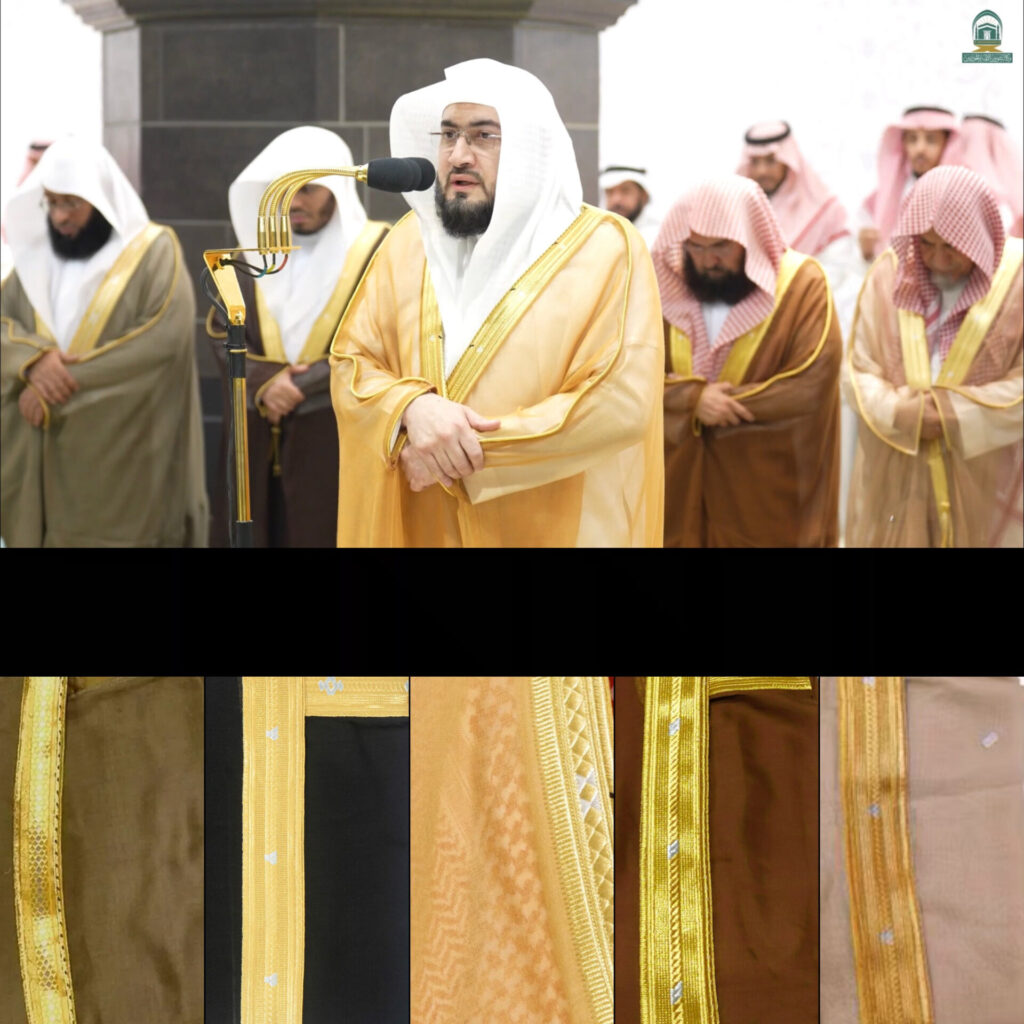
In addition to the thobe and mashlah, the Imam of Haramain wears a white ghutra or a red shemagh on their head. The choice between the two reflects personal preference, with both holding cultural significance within the Arabian Peninsula.
The ghutra, often worn in white, represents purity and humility, while the red shemagh evokes tradition and heritage.
This dress code is not just exclusive to the Imam of Kaaba, but also common among ministers, scholars and layers in Saudi Arabia. This dress code is also a sign of respect. Muslims all around the world recognize this dress very well.
The prescribed dress code for the Imams of Haramain reflects the enduring traditions and values that define the Saudi culture.
From the white thobe symbolizing purity to the elegant mashlah and distinctive head covering, each element of the attire carries cultural and religious significance, embodying tradition, respect, and spiritual leadership for worshippers worldwide.
Subscribe to our channels on WhatsApp, Google News, Facebook and Instagram.Discover more from The Islamic Information
Subscribe to get the latest posts sent to your email.




